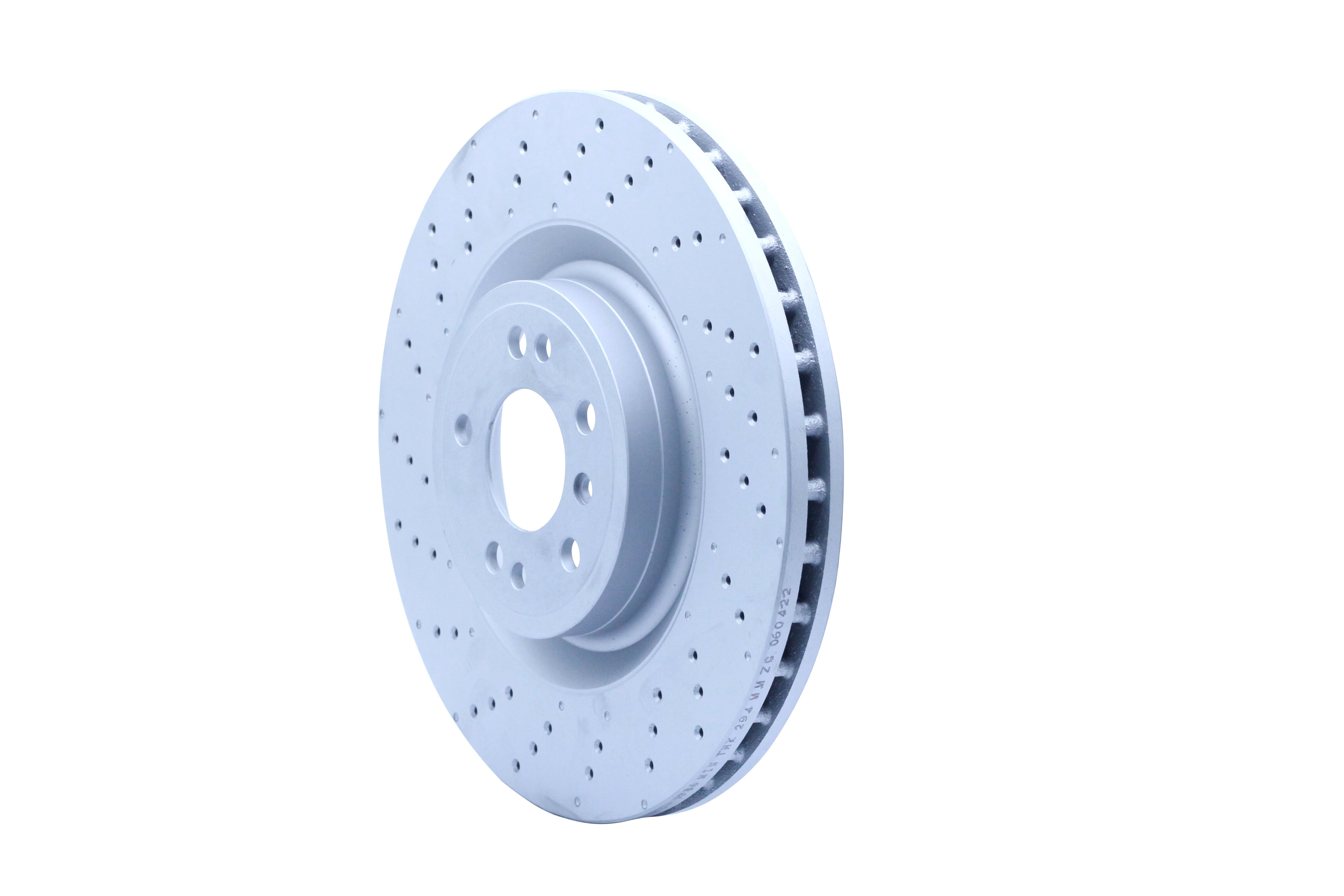disc rotor
A disc rotor is a critical component in modern braking systems, serving as the primary surface against which brake pads make contact to slow or stop a vehicle. This precision-engineered component consists of a flat, circular disc made from high-grade materials, typically cast iron or carbon-ceramic composites, designed to withstand extreme temperatures and mechanical stress. The disc rotor operates by converting kinetic energy into thermal energy through friction, effectively dissipating heat through specially designed ventilation channels. Modern disc rotors feature advanced cooling technologies, including internal venting systems and surface treatments that enhance heat dissipation and prevent warping under extreme conditions. These components are essential in automotive, motorcycle, and industrial applications, where reliable braking performance is crucial. The design incorporates specific patterns and treatments on the contact surface to optimize friction coefficients and ensure consistent braking performance across various weather conditions. Advanced manufacturing processes ensure precise tolerances and balanced weight distribution, contributing to smooth operation and reduced vibration during braking maneuvers.
